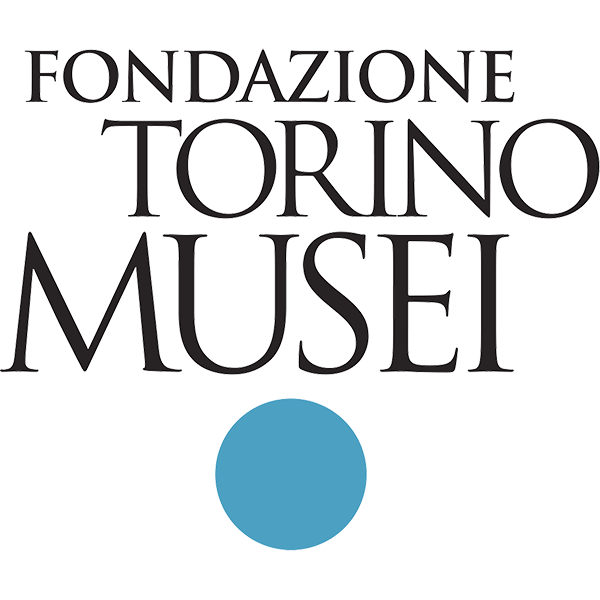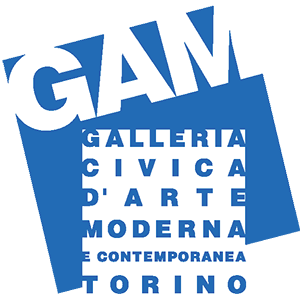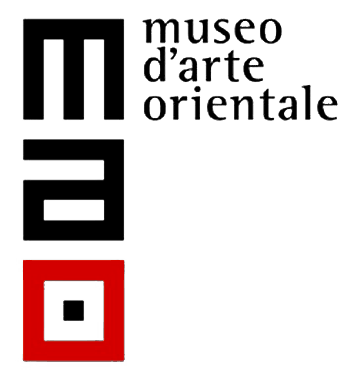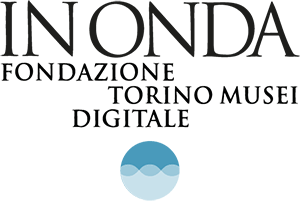Kakemono. Five centuries of Japanese painting.
- Exhibition
- 12 November 2021 - 25 April 2022

Curated by Matthi Forrer, Professor of Material Culture of Pre-modern Japan at Leiden University
A scroll of precious fabric - or paper - painted or calligraphed, designed to be hung on special occasions or used as decoration according to the seasons of the year: the kakemono or kakejiku is a painted work extremely common in Japan and East Asia in general, where it takes on different names.
The "hanging scrolls" characterise the pictorial production of China, Korea and Vietnam, as well as Japan itself, and with some variations in the support, are the equivalent of framed Western paintings. Unlike our canvases or panels, rigid structures built to be hung on a wall for an extended period, the painted scrolls are designed for use over limited time and have a relatively soft structure.
Hung in the tokonoma (alcove) of the Japanese home, or mounted for just a few hours in a garden, fluttering in the breeze, these works of art participate in time and movement, whereas Western paintings seem imbued with fixity and continuity. Differences are not purely formal, as they reflect a different aesthetic and philosophical conception: kakemono are an allusion to impermanence and change as inescapable (and positive) aspects of existence.
The exhibition “Kakemono. Five centuries of Japanese painting”, the first in Italy focusing on this form of art, presents 125 kakemono as well as painted fans and decorated lacquers belonging to the Claudio Perino Collection; an important corpus of works acquired by the Piedmontese collector, who is among the main lenders and patrons of MAO.
The kakemono, set up in five thematic sections (flowers and birds, animals, figures, landscapes, plants and flowers) lead the visitor through a very rich world, in which meticulous and naturalistic representations, enriched by subtle details, are flanked by extremely essential and rarefied images, where the shape loses its contours and gradually disintegrates to become a charming and evocative sign, in an extreme exercise of synthesis and refinement, almost an ante litteram abstractionism.
Oriental painters were already working in an ‘impressionistic,’ ‘expressionistic,’ ‘abstract’ way centuries before similar modes of expression began to appear in the West. In Asia the different modes coexisted and were not mutually exclusive means of defining artistic movements, as they were in our own modern art.
Among the kakemono exhibited at MAO, some works by major Japanese artists are included: Yamamoto Baiitsu, Tani Bunchō, Kishi Ganku and Ogata Kōrin.
The exhibition and the catalogue, published by Skira and available in two languages (Italian and English), are curated by the Dutch scholar Matthi Forrer, an oriental art historian and expert in Japanese painting. They are the result of a collaboration between MAO and MUSEC-Museo delle Culture di Lugano, and at a higher level between Fondazione Torino Musei and Fondazione culture e musei of Lugano, where the exhibition took place from July 2020 to February 2021.
GUIDED TOURS
Info and reservations: Theatrum Sabaudiae t. 011.5211788 - prenotazioniftm@arteintorino.com
TICKETS
Exhibition only Full € 10 | Reduced € 8
Exhibition + permanent collection Full € 14 | Reduced € 12
Free admission Musei e Torino+Piemonte Card






